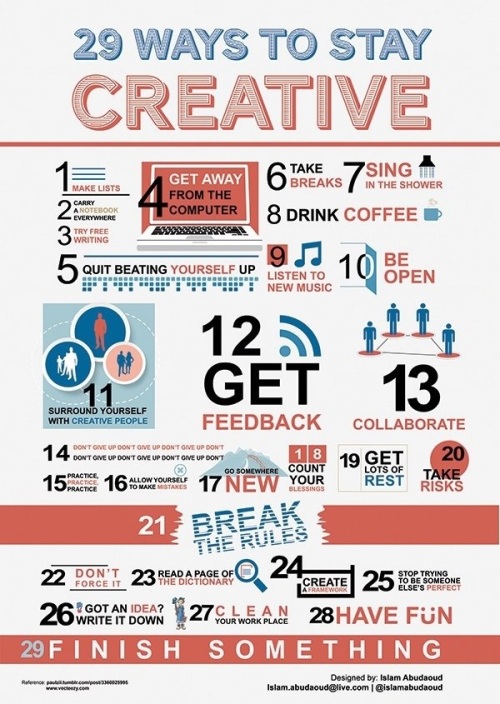-
Join 1,606 other subscribers
Newsreader RSS
Most Popular
-
Most Recent
Topics
Popular Items
adults Andragogy Apple Authentic Leadership baby wearing BCBusiness Magazine behaviour change best companies Bill George BlackBerry BlackBerry Storm blogging candor candour CEO coaching conflict congress core values corporate culture culture daniel goleman Darwin development downtown economy EI emotional intelligence entrepreneur EQ exclusive execution feedback Fortune goal planning Good to Great google guru gurus hiring holidays HR iPhone iPod Touch Jim Collins leadership learning Mapple mentoring miniEnterprize Motrin natural selection O obama Oprah Pearl Pedagogy personal plan planning private business club Simpsons social intelligence spoof strategic plan strategic planning strategy TCC Terminal City Club time off TOWS training Twitter vacation days Wildly Courageous Decision WSJ
The PROFIT500
Every year, PROFIT Magazine turns successful entrepreneurs into the heroes of Canadian business through its Canada’s Fastest-Growing Companies program. Now, to mark its 25th year, the ranking is expanding to celebrate 500 of Canada’s best and brightest companies. Once again, ViRTUS is proud to be a sponsor.
If your business has grown by just 50% or more in the past five years, apply now at PROFIT500.com.
Corporate Culture Mindset (Infographic)

Source: with thanks to mcnakblog.com
Posted in human resources, leadership, strategy
Tagged core values, corporate culture, culture, development, leadership
2012 in review
The WordPress.com stats helper monkeys prepared a 2012 annual report for this blog.
Here’s an excerpt:
4,329 films were submitted to the 2012 Cannes Film Festival. This blog had 20,000 views in 2012. If each view were a film, this blog would power 5 Film Festivals
BIV Boardroom Strategy: What does it really mean to think strategically?
 One of the things CEOs ask consistently is how they can foster more strategic thinking in their organizations.
One of the things CEOs ask consistently is how they can foster more strategic thinking in their organizations.
Simply saying “I want to see you thinking more strategically” isn’t direct or specific enough to help guide people in the right direction. Thinking strategically is essentially a way of being – a mindset, a way of looking at things and linking them together.
Here are eight things you can do to improve strategic thinking.
Understand value creation and differentiation. Leaders understand the business and industry they are in, but it’s more than that. You need to understand how the industry adds value to customers and how your business differentiates that value equation from your competitors.
Connect “me to we” to “they to us” (operations to strategy). As a leader you need to be able to understand the overall corporate direction and strategy in the context of your team and your own personal areas of responsibility. Think of it like this: the strategic moves we make today are setting up the operational successes we have in the future. So the better understanding you and your team have of the connection between corporate goals and the work they do day-to-day, the more likely they and you are to focus on longer-term priorities versus staying mired in operations and shiny objects.
What if Money Didn’t Matter
I believe in the message in this video to my core.
After watching this video, think about it thoroughly and share in the comments what you would want to do with your life if money didn’t matter.
Business in Vancouver, Ask the Expert: How do I keep meetings focused?
Here’s a possible framework to structure weekly team meetings within your business and keep them on track and worth attending.
- Personal update: everyone shares the good, bad and ugly of what’s going on with them. This helps explain everyone’s context and helps build trust.

- Top three: have everyone in the room state the top three things they’re focused on over the next week.
- Stuck points: have everyone list what the key thing is that’s holding them back. It can be resources, health, time, people, information, technology – anything. Continue reading
Posted in Business in Vancouver: Boardroom Strategy
Tagged corporate culture, execution, meetings, planning
Is being the smartest person in the room getting in the way of your growth as a leader?
 I can remember back to the first business I ran: I was new to a leadership role and everyday I realized how much more I didn’t know about people and how to lead. One of my key learnings was a few techniques that actually helped give me the freedom and flexibility to focus on my strengths.
I can remember back to the first business I ran: I was new to a leadership role and everyday I realized how much more I didn’t know about people and how to lead. One of my key learnings was a few techniques that actually helped give me the freedom and flexibility to focus on my strengths.
It started one day when I realized that almost every customer service decision in the business had to flow through me in some way. Now of course, this helped me keep a pulse on everything that was happening with our customers but it was a trap that I slide right into. Everyone just assumed the easiest thing to do was “just check with Mike.”
Here’s what I learned: when every decision had to flow through me, no one learned and my day was filled with solving problems with no time left to focus on the areas where I created the most leverage (foreshadowing: keep reading to see what getting my leverage back led to).
Here’s what I did to get out of the trap: Continue reading
Tagged leadership, Multiplier Leader
BIV Boardroom Strategy: Creativity: Are you building it or crushing it?
 When it comes to creativity, fear of criticism, judgment, of taking risks and putting your reputation on the line is a huge obstacle.
When it comes to creativity, fear of criticism, judgment, of taking risks and putting your reputation on the line is a huge obstacle.
We’re born creative and continually experience the excitement of that creativity as we grow. Over time, our environment and experiences can cause us to fall into thinking patterns that get in the way of our creativity.
Your job as a leader is to help shift thinking and remove these obstacles:
Play is frivolous. We’re told that children play and adults are meant to be serious. This creates the self-limiting belief that if something starts to feel too much like fun then it can’t possibly be productive work. Start by changing your thought patterns around creativity. The more you let go of the existing beliefs and thoughts that limit you in thinking of new possibilities, the more you can explore creativity. Find small ways to be creative everyday while encouraging the same in others. If you’re interested in watching a truly outstanding creative process in action, search “IDEO Shopping Cart” on youtube.com and watch their process. (Thanks to Cactus Club CEO Richard Jaffray for recommending this video.)
Creativity comes from creative people. When people think that creativity is the job of marketing or PR, they disable their own creativity. Once they understand that creativity is a choice for all of us, not part of a select few people’s job descriptions, the realms of possibility open up substantially. As a leader, consider where you might be categorizing others as “creative” or “not creative.” Work on altering that thought pattern to embrace the idea that we all have that capacity by asking people for ideas on projects when you normally wouldn’t seek their input.
Deciding before you start. If you think you know the answer before you start the creative process, then you may be limiting yourself to a smaller set of possibilities. Instead, view your idea as only one possible solution and look at it from new perspectives. Curiosity creates leverage in brainstorming so ask a lot of questions, considering as many different view points as you can.
Believing there is a “right” answer. When we focus our problem solving on trying to find the “right” answer there’s a tendency to have a narrow focus. This prevents us from exploring the problem or opportunity in favour of trying to “fix it” as soon as possible. Try “reverse brainstorming,” where you reverse the problem or challenge by brainstorming answers to the question “How could we possibly cause this problem.” Once you have a number of ideas to solve the reverse problem, reverse them into solutions for the original problem or challenge.
Stinking thinking. The easiest way to kill a brainstorming session is with killer statements: “We’ve tried that before,” “That won’t work in this market,” “We don’t have the resources/budget” (this one’s my personal favourite). Next time you’re in a brainstorming session with your team, take a positive approach by first getting all the ideas out on the table before debating or discussing any of them.
Fear of failure. When it comes to creativity, fear of criticism, judgment, of taking risks and putting your reputation on the line is a huge obstacle. After all, your ideas may be a complete flop, so it just feels safer to stick to the status quo. As a leader, it’s your job to create the space for people to take the risk. Consider failure as feedback; focus on and celebrate learning, how to move forward, and what to do differently next time.
BIV Boardroom Strategy – Creativity are you building it or crushing it – Sept 2012




